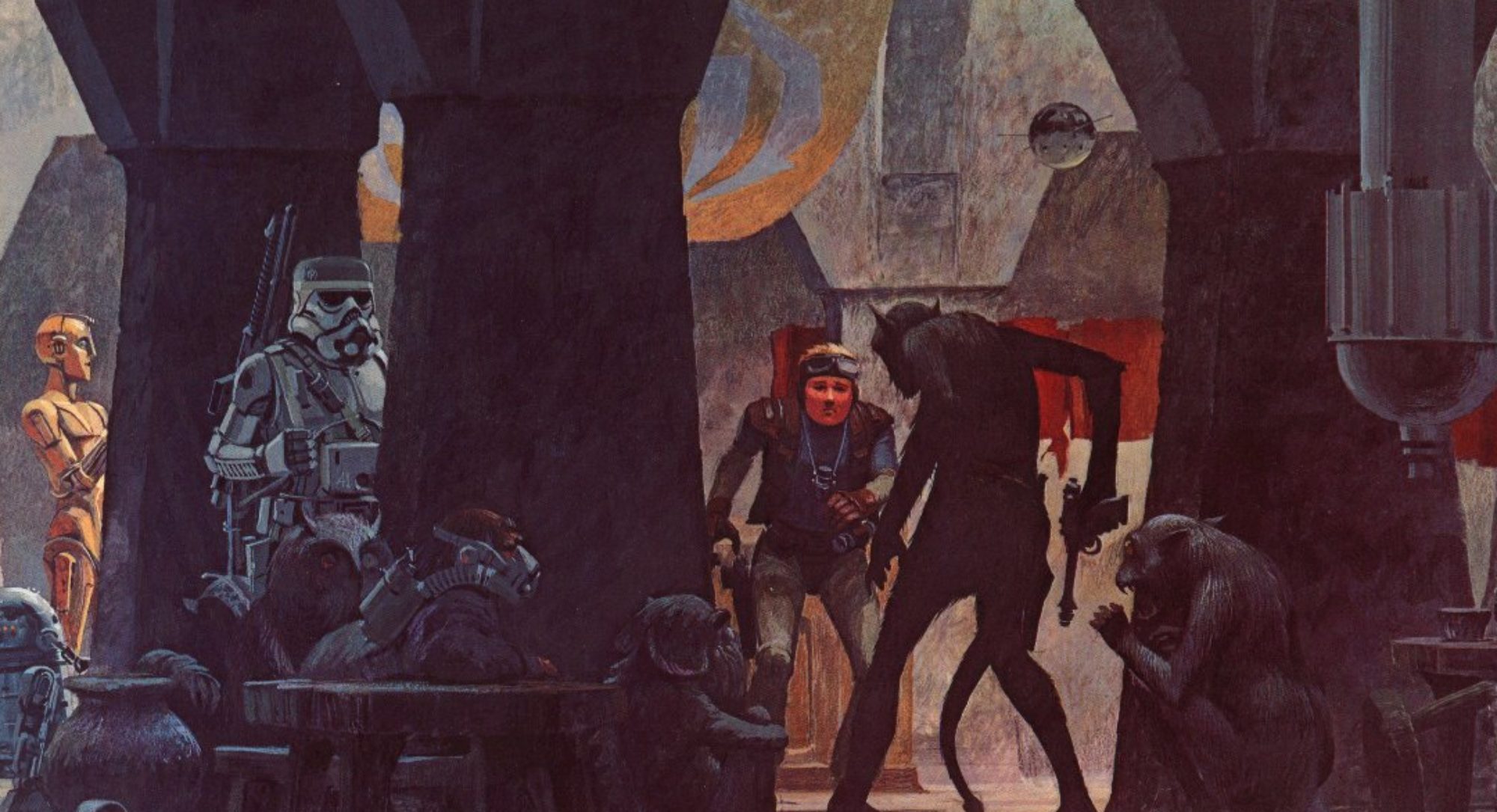Went last night with the family to see Inglorious Basterds.
Short version: Easily the best Tarantino film since Jackie Brown — far more restrained and character-driven than I was expecting, or was evident in his last few movies.
It’s still another example of his remixing of past genres he loves — yet in this case, the source (the early 70s ahistorical WWII actioners produced by the Italian studios in the wake of the Spaghetti Western era) is far less well-known, so the riffing isn’t as obvious as it otherwise might be. It’s all there, though — the amoral characters who are “good” or “bad” pretty much by definition only of what side they’re on, the Morricone-esque slow-build-up music, the sudden bursts of over-the-top violence.
The opening 15 minutes is an absolute masterpiece of tension-building — and probably the best single scene that Tarantino has ever directed in his life. A long conversation, ranging through French into English, which has you squirming in your seat — a clear lesson taken from Hitchcock’s famous words to Truffaut:
“There is a distinct difference between ‘suspense’ and ‘surprise’, and yet many pictures continually confuse the two. I’ll explain what I mean.
We are now having a very innocent little chat. Let us suppose that there is a bomb underneath this table between us. Nothing happens, and then all of a sudden, ‘Boom!’ There is an explosion. The public is surprised, but prior to this surprise, it has seen an absolutely ordinary scene, of no special consequence. Now, let us take a suspense situation. The bomb is underneath the table, and the public knows it, probably because they have seen the anarchist place it there. The public is aware that the bomb is going to explode at one o’clock and there is a clock in the décor. The public can see that it is a quarter to one. In these conditions this same innocuous conversation becomes fascinating because the public is participating in the scene.
The audience is longing to warn the characters on the screen: ‘You shouldn’t be talking about such trivial matters. There’s a bomb underneath you and it’s about to explode!’
In the first case we have given the public fifteen seconds of surprise at the moment of the explosion. In the second case we have provided them with fifteen minutes of suspense. “
Tarantino was paying attention. We don’t see a bomb — but when one of the conversants is an SS officer, speaking charmingly and innocuously to a French dairy farmer, we know that *something* bad is going to happen. Tarantino takes our expectation and draws it out to an excruciatingly fine edge.
…and with that one, long, talky scene, he sets the tone for the film.
The title, and the American ad campaign, is fairly misleading. It leads you to believe that the movie is about the “Basterds” — the over-the-top revenge squad commanded by the broad comedic caricature played by Brad Pitt — when in reality they are only an element of a larger story, which is far more restrained and complex than the ads would have you believe. The studios are giving us ads promoting Kill Bill Tarantino, and that’s not what this film is.
Inglorious Basterds received an 11-minute standing ovation at the Cannes film festival — and it deserved every second of it.

